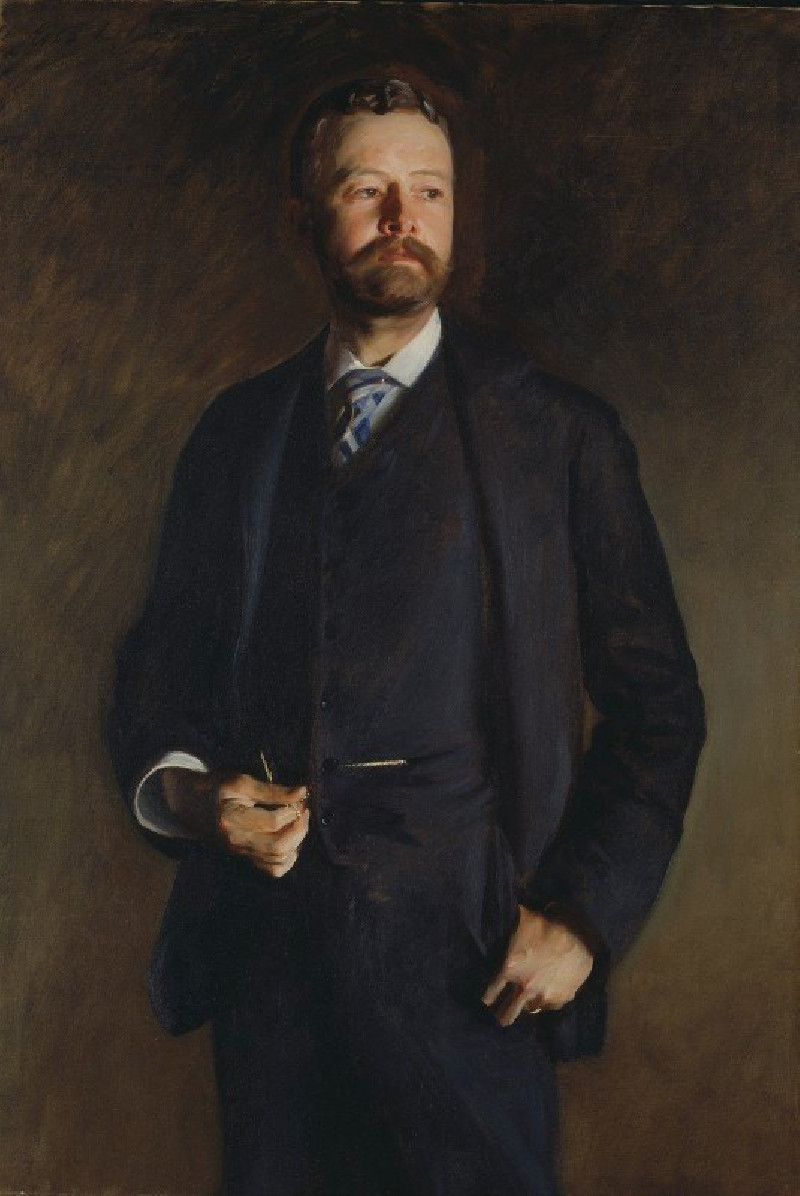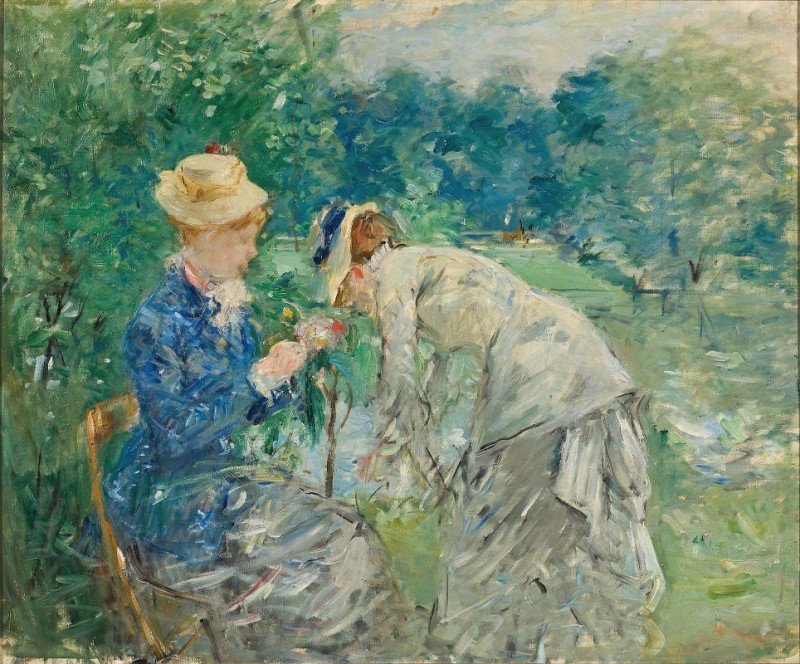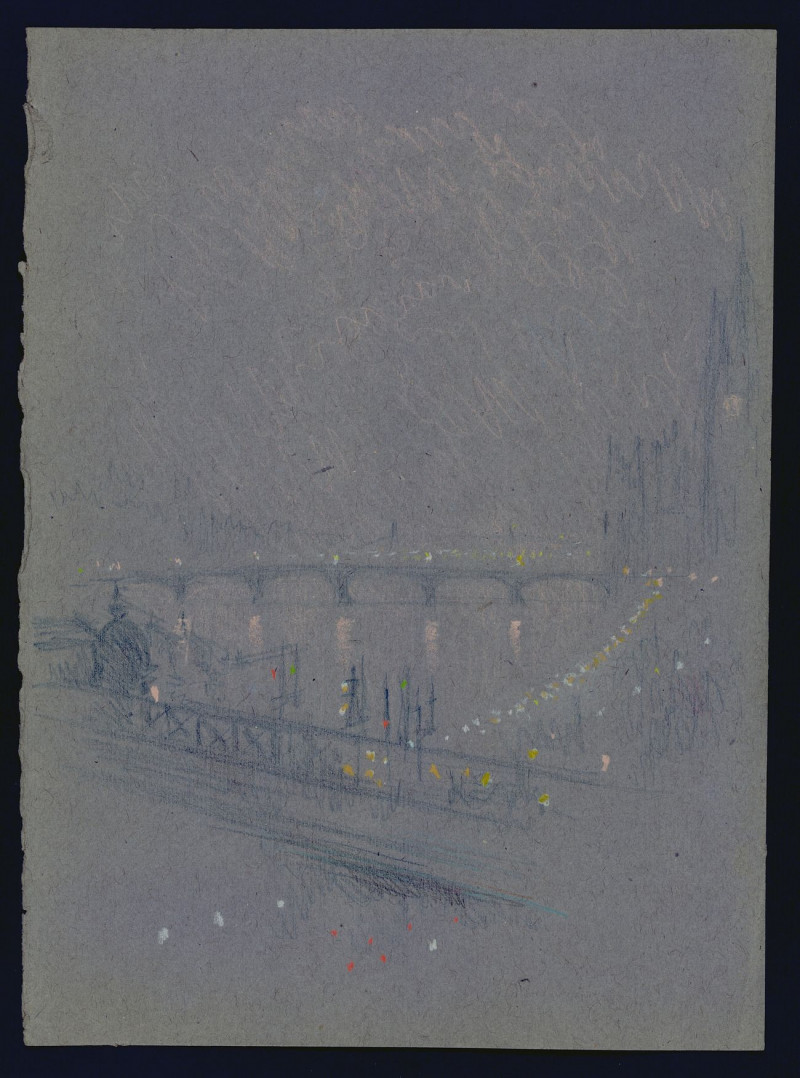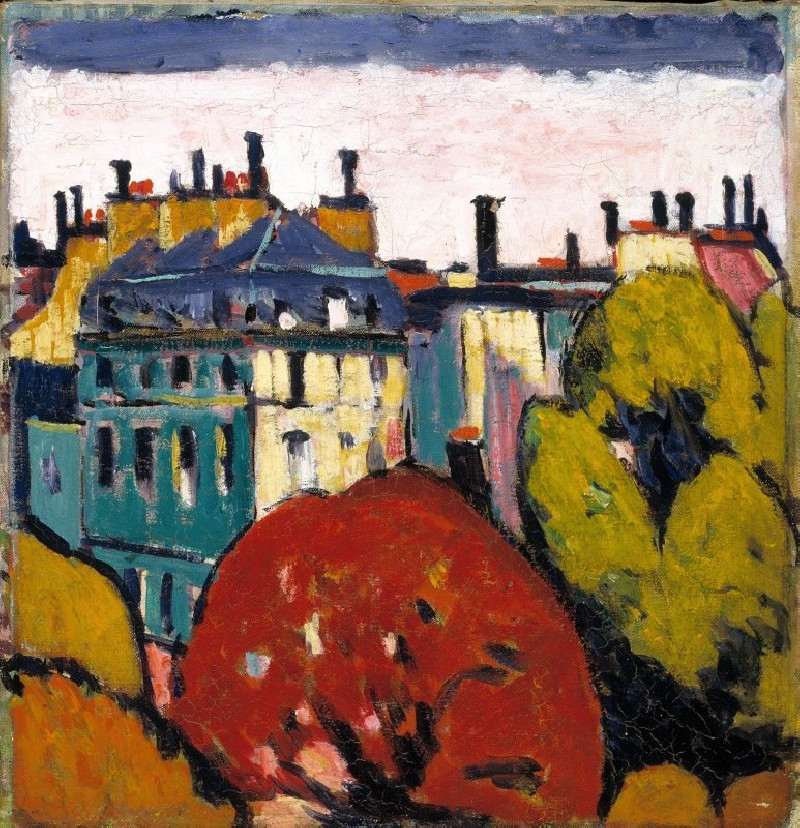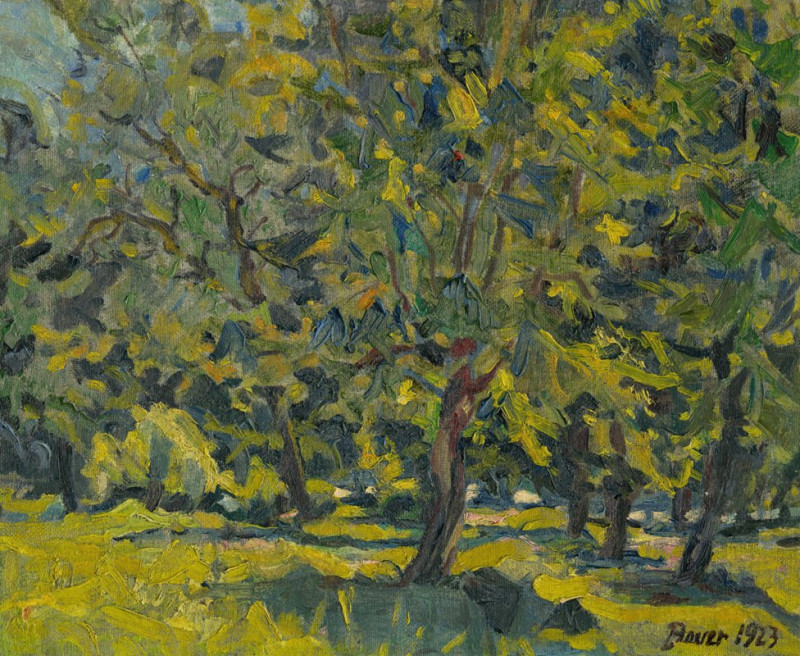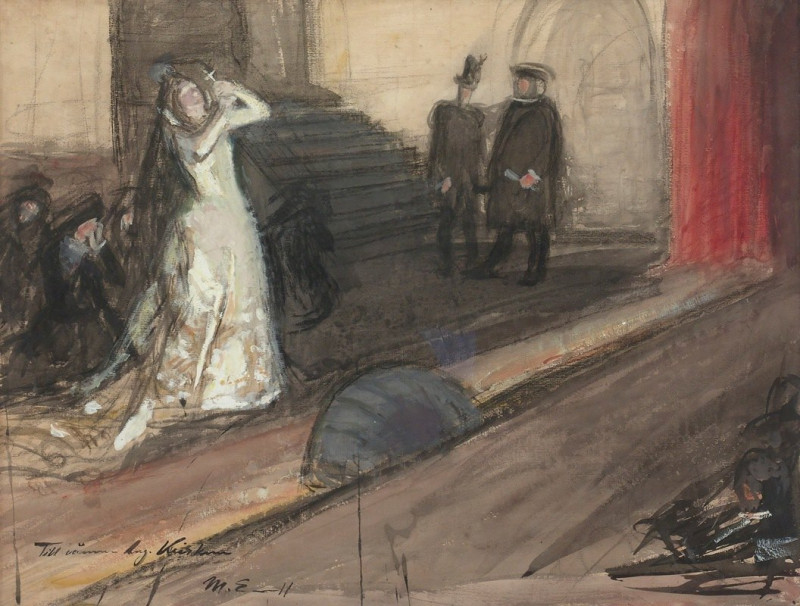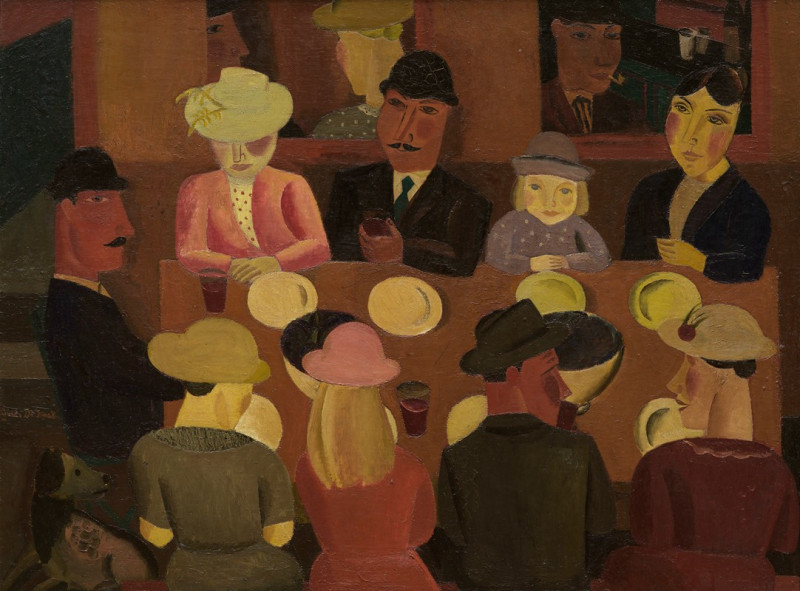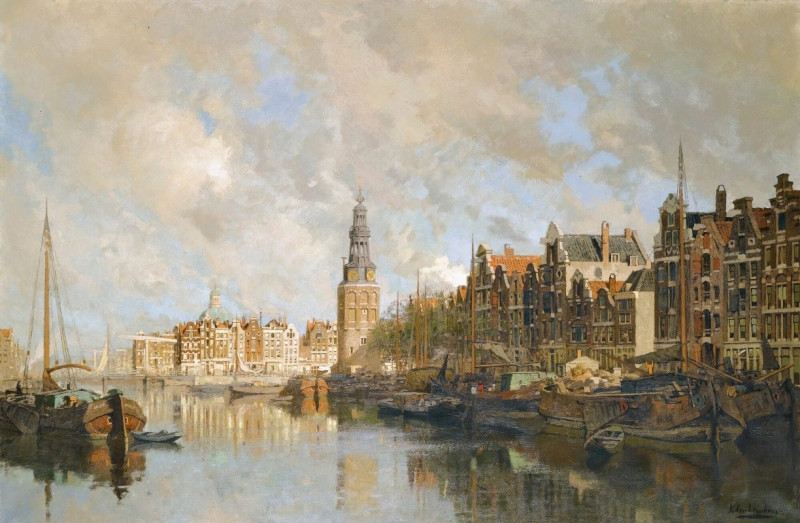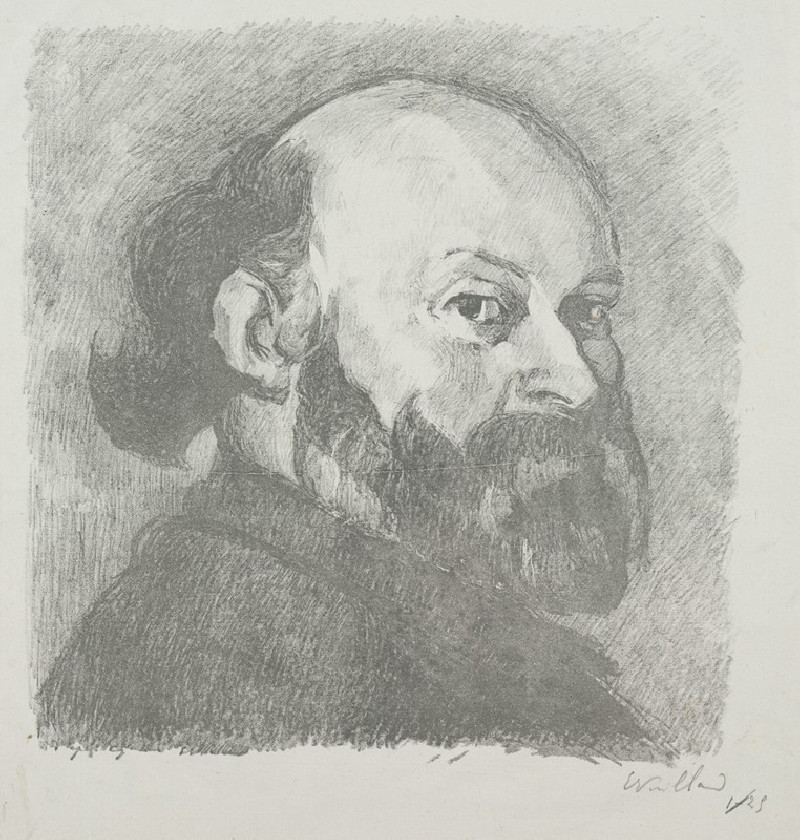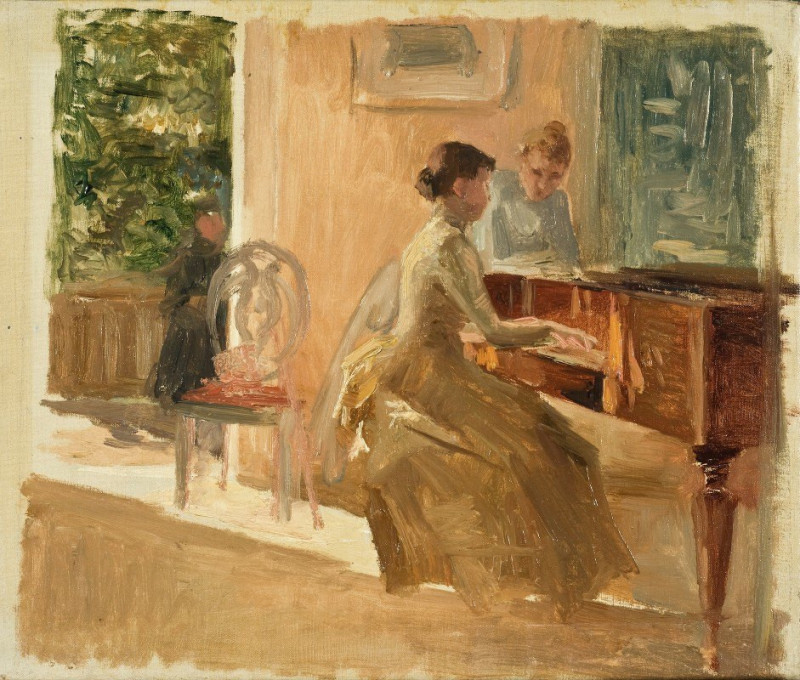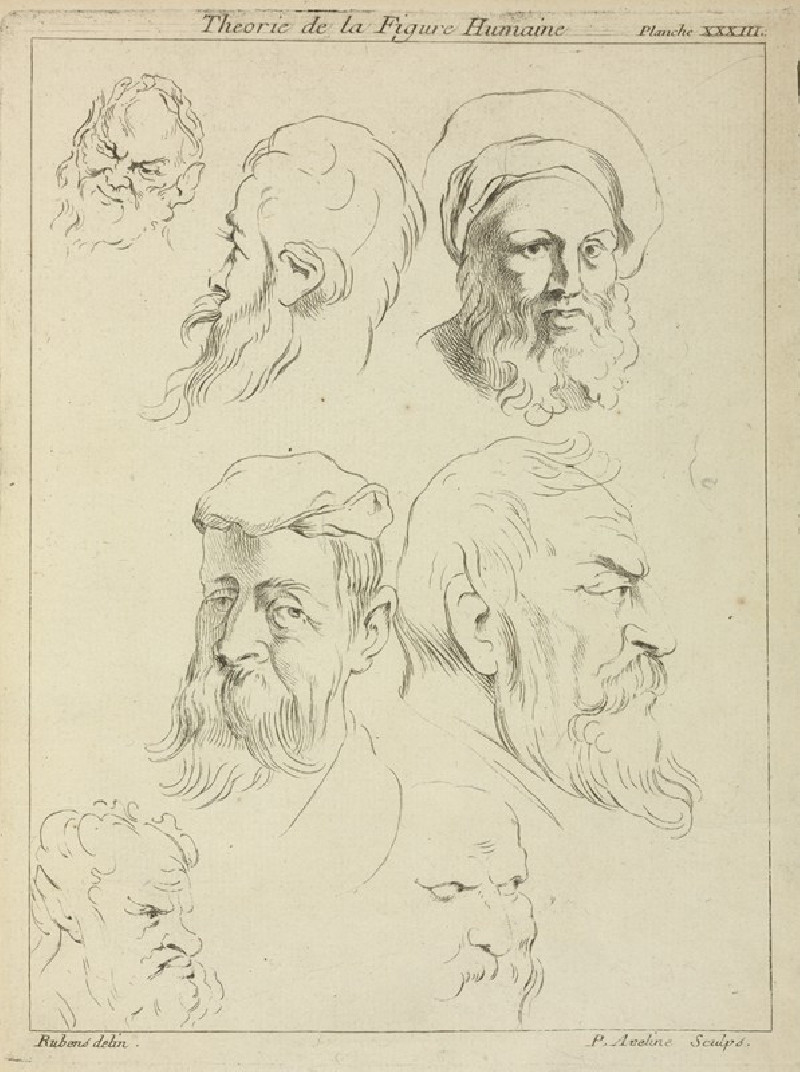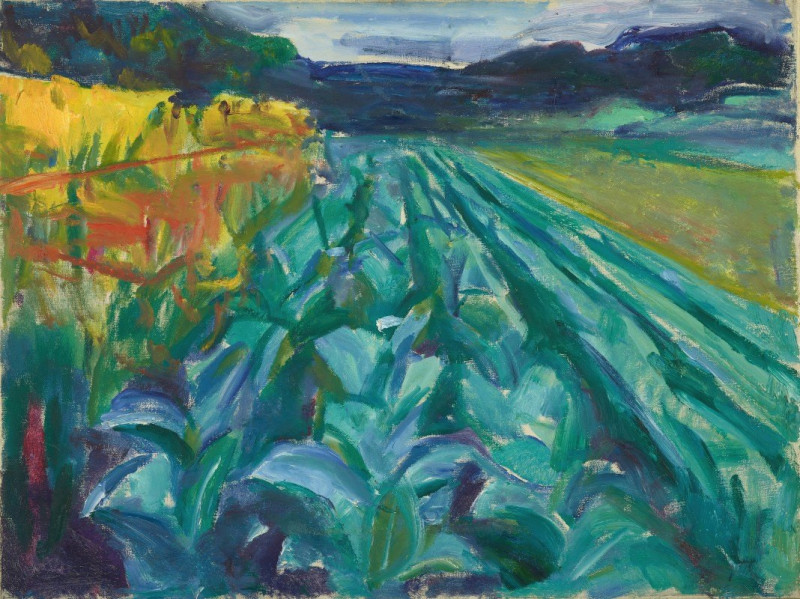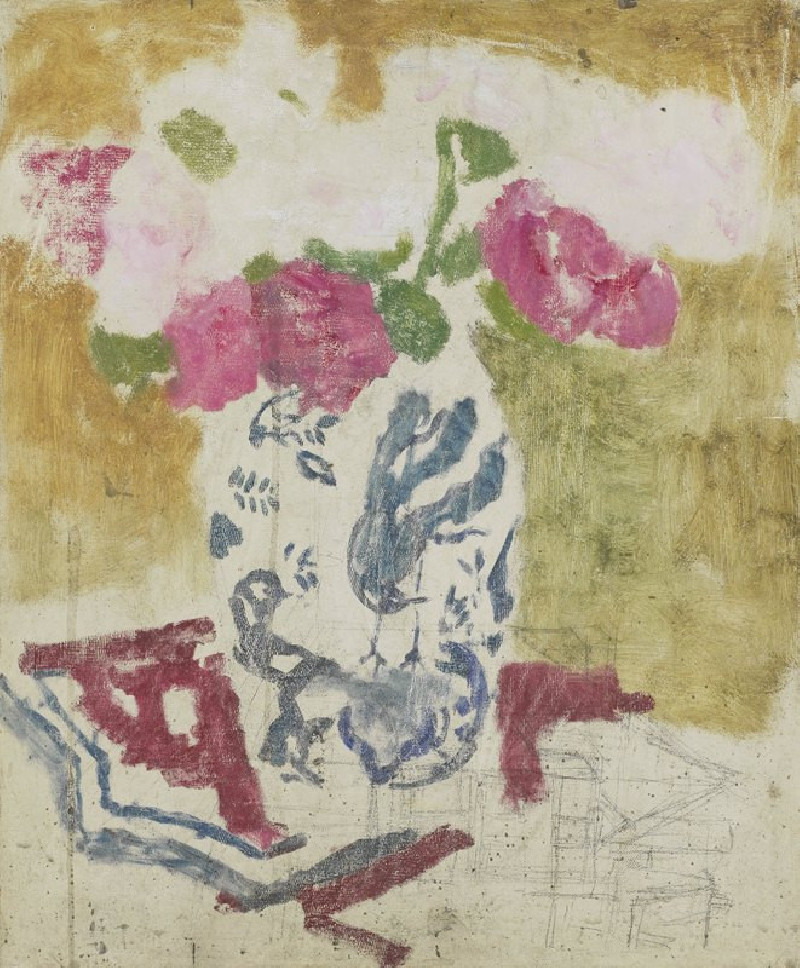Factory on the Oise at Pontoise (1873)
Technique: Giclée quality print
Recommended by our customers
More about this artwork
In the evocative painting "Factory on the Oise at Pontoise," created in 1873 by the distinguished Impressionist artist Camille Pissarro, viewers are treated to a harmonious blend of industry and nature. This watercolor illustrates a gentle yet profound juxtaposition, where the serene landscape of Pontoise is momentarily stirred by the vigor of industrial activity.The scene is set by the soft, muted colors of the sky and the reflective waters of the Oise River, capturing a tranquil backdrop that contrasts with the plumes of smoke billowing from factory chimneys. Pissarro's brushstrokes convey the smoke's gentle dispersion into the air, a testament to the artist’s skill in depicting atmospheric conditions and light.Foregrounding the factory, modest structures painted in hues of red and brown suggest a human presence that is both integral and subordinate to the vastness of the surrounding environment. Small figures can be glimpsed near the water, perhaps workers or townspeople, connecting human toil with the broader landscape.With "Factory on the Oise at Pontoise," Pissarro challenges the viewer to reflect on the coexistence of human industry and natural beauty. This painting not only highlights the industrial capabilities of the era but also underscores the artist's enduring commitment to portraying rural landscapes and their transformation under human influence.
Delivery
Returns
Blessed are they who see beautiful things in humble places where other people see nothing. — Camille Pissarro
Camille Pissarro (1830-1903) was born on St.Thomas (now the US Virgin Islands) to a Portuguese father and a Dominican mother. He went to Paris to study art at Ecole des Beaux-Arts. He was an early pioneer of pointillism and neo-impressionism and later became a mentor of many famous impressionist painters including Cezanne, Manet, Renoir, and Gauguin. His paintings depicted rural and urban French landscapes and lifestyle. Many of his works politically captured images of peasants and laborers. Today, he is considered the father of impressionism.
































